I was walking in my local park and found a really nice piece of driftwood along the bank but I want to make sure it’s safe to use and not toxic. Can someone help me identify what kind it is?
Attachments
-
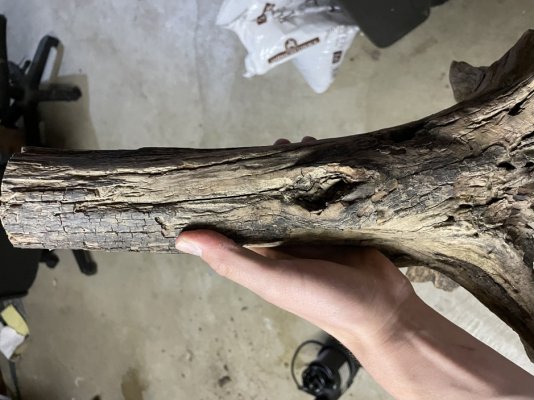 54CE6003-6FDC-45AD-931A-C9A69A0840DA.jpg251.4 KB · Views: 7
54CE6003-6FDC-45AD-931A-C9A69A0840DA.jpg251.4 KB · Views: 7 -
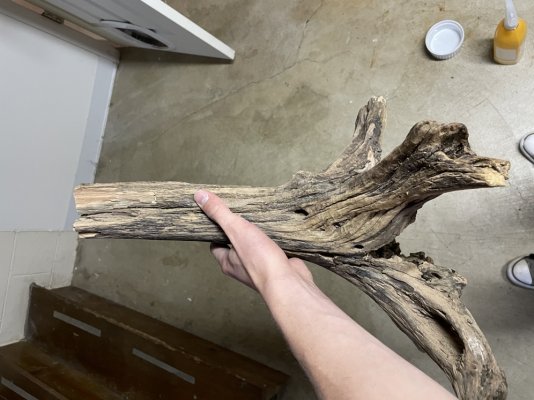 06E45E24-9C2D-4F94-AE1F-6C71697E1A45.jpg251 KB · Views: 9
06E45E24-9C2D-4F94-AE1F-6C71697E1A45.jpg251 KB · Views: 9 -
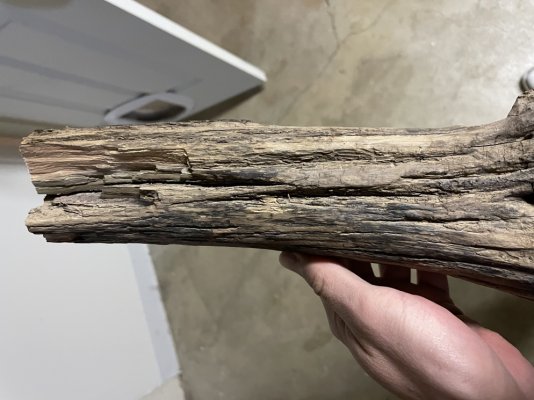 86182709-08B3-48E7-9B78-BF60C14CE9DF.jpg251.5 KB · Views: 7
86182709-08B3-48E7-9B78-BF60C14CE9DF.jpg251.5 KB · Views: 7 -
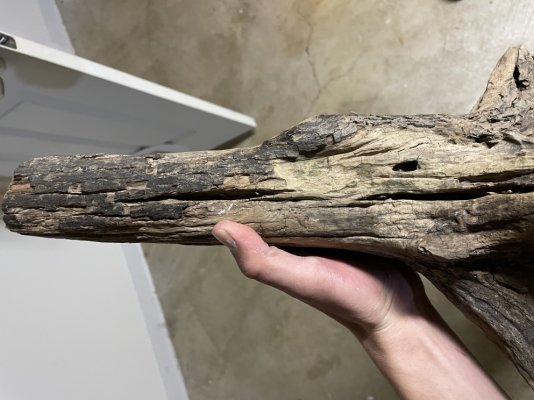 5E14CCCB-64F2-4E2B-8150-A422EEE1BE52.jpg250.6 KB · Views: 9
5E14CCCB-64F2-4E2B-8150-A422EEE1BE52.jpg250.6 KB · Views: 9 -
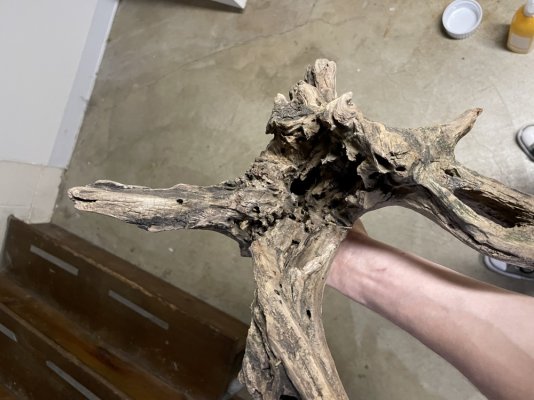 E1BAA5A1-715D-4048-84F9-0BBD9BB2F632.jpg242.4 KB · Views: 10
E1BAA5A1-715D-4048-84F9-0BBD9BB2F632.jpg242.4 KB · Views: 10 -
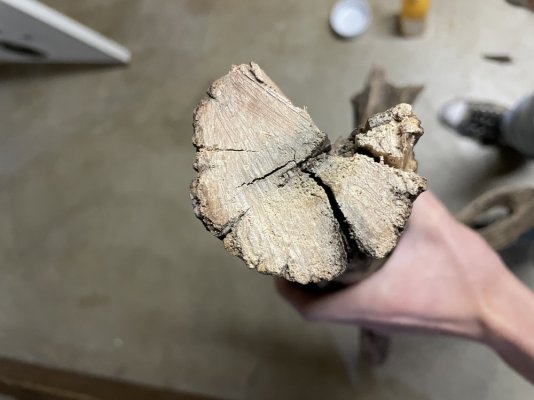 1531AB28-14DA-4DC1-B8AB-F2BA0B9C06DC.jpg200.5 KB · Views: 11
1531AB28-14DA-4DC1-B8AB-F2BA0B9C06DC.jpg200.5 KB · Views: 11
